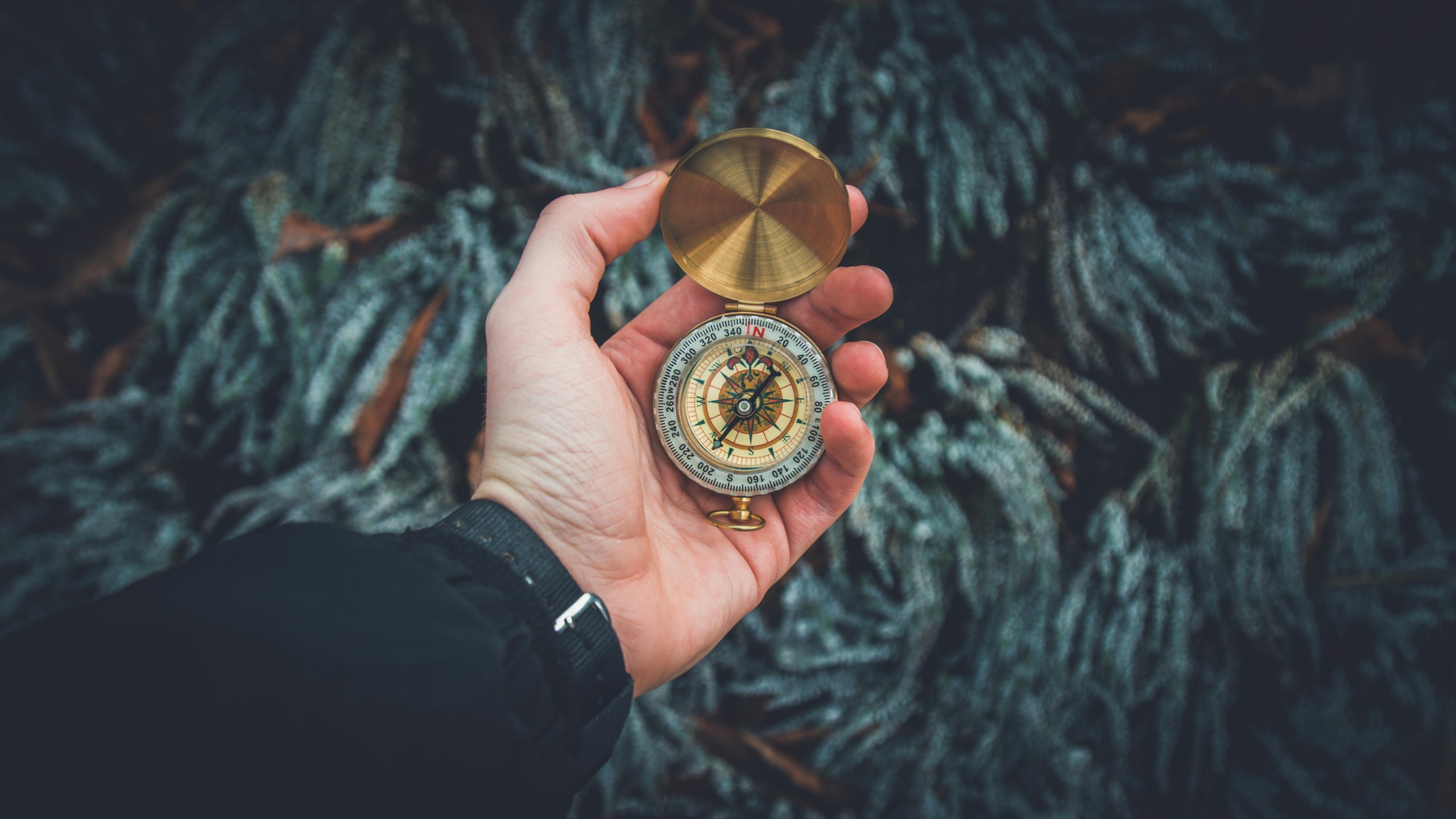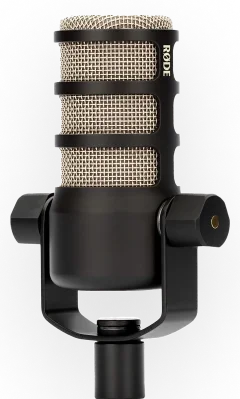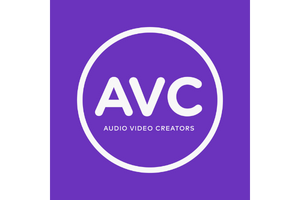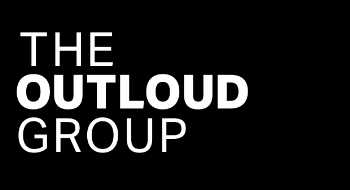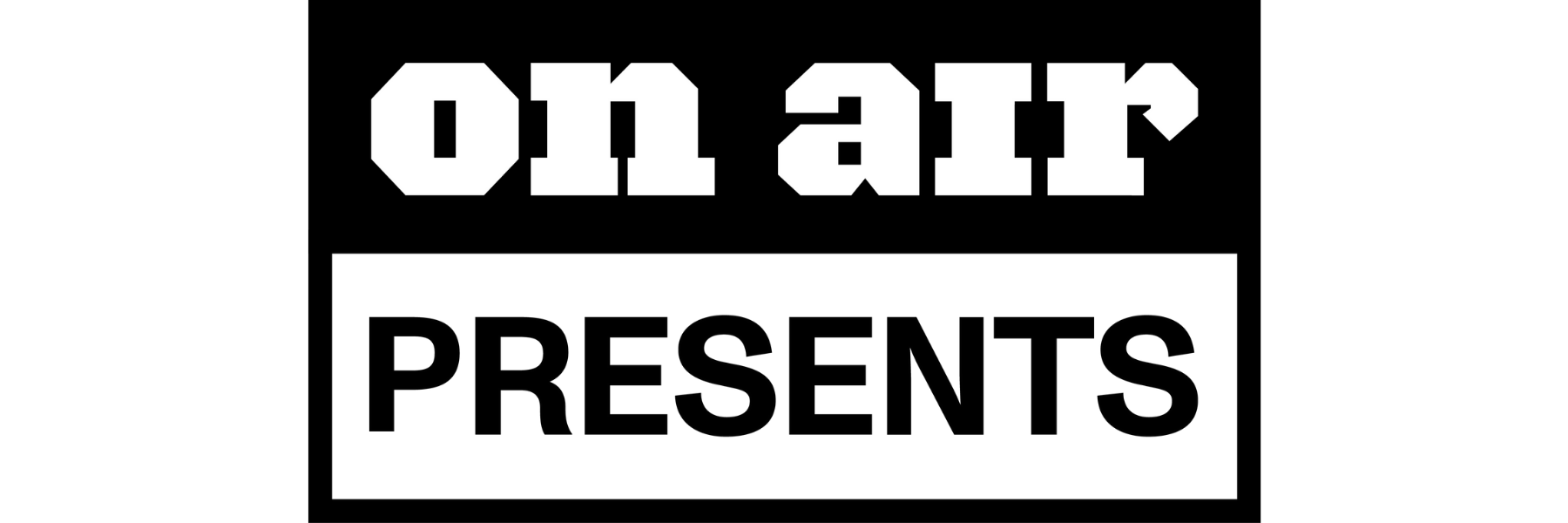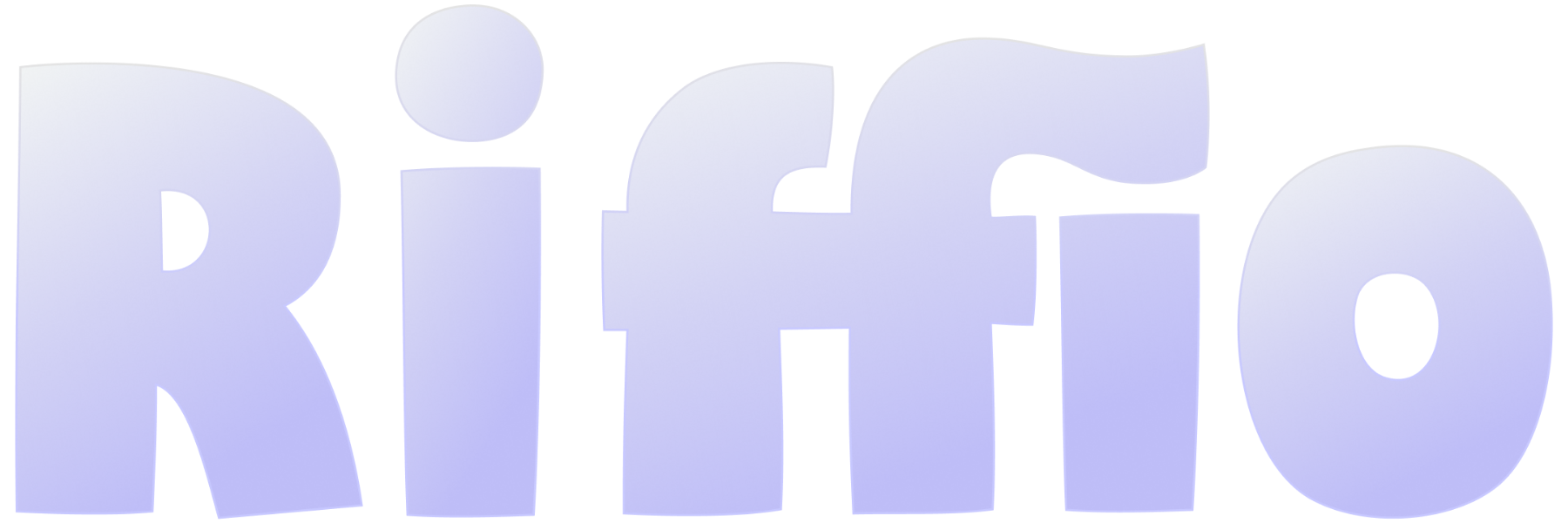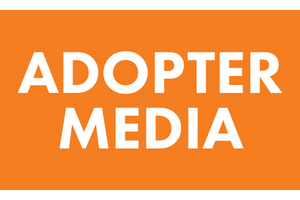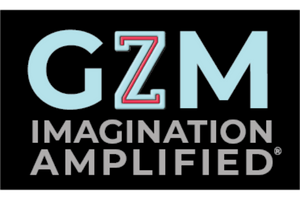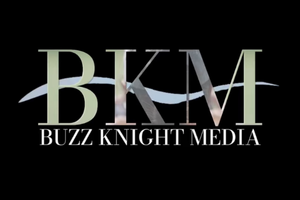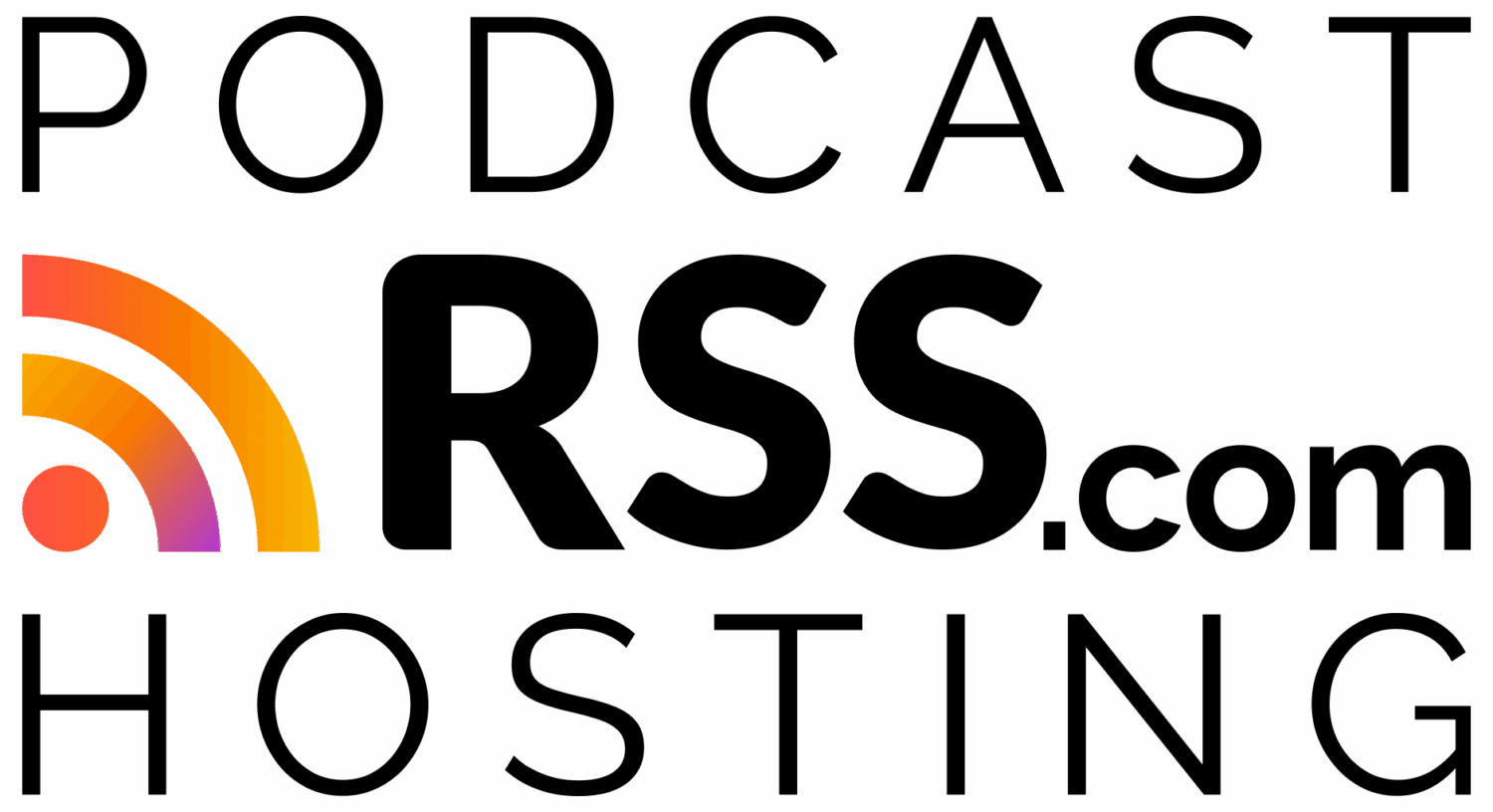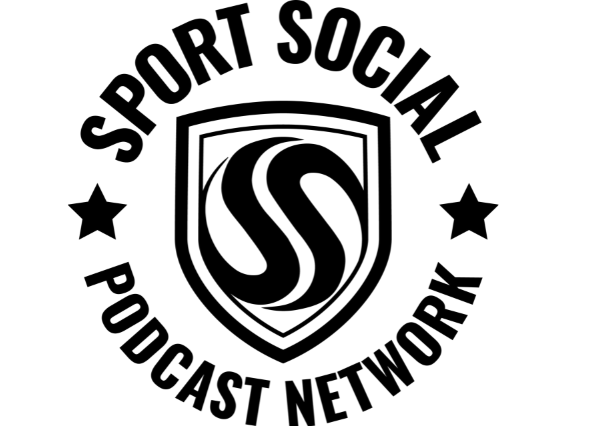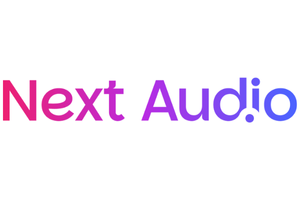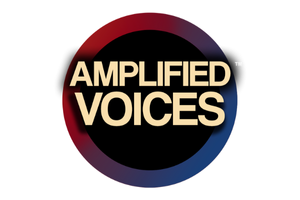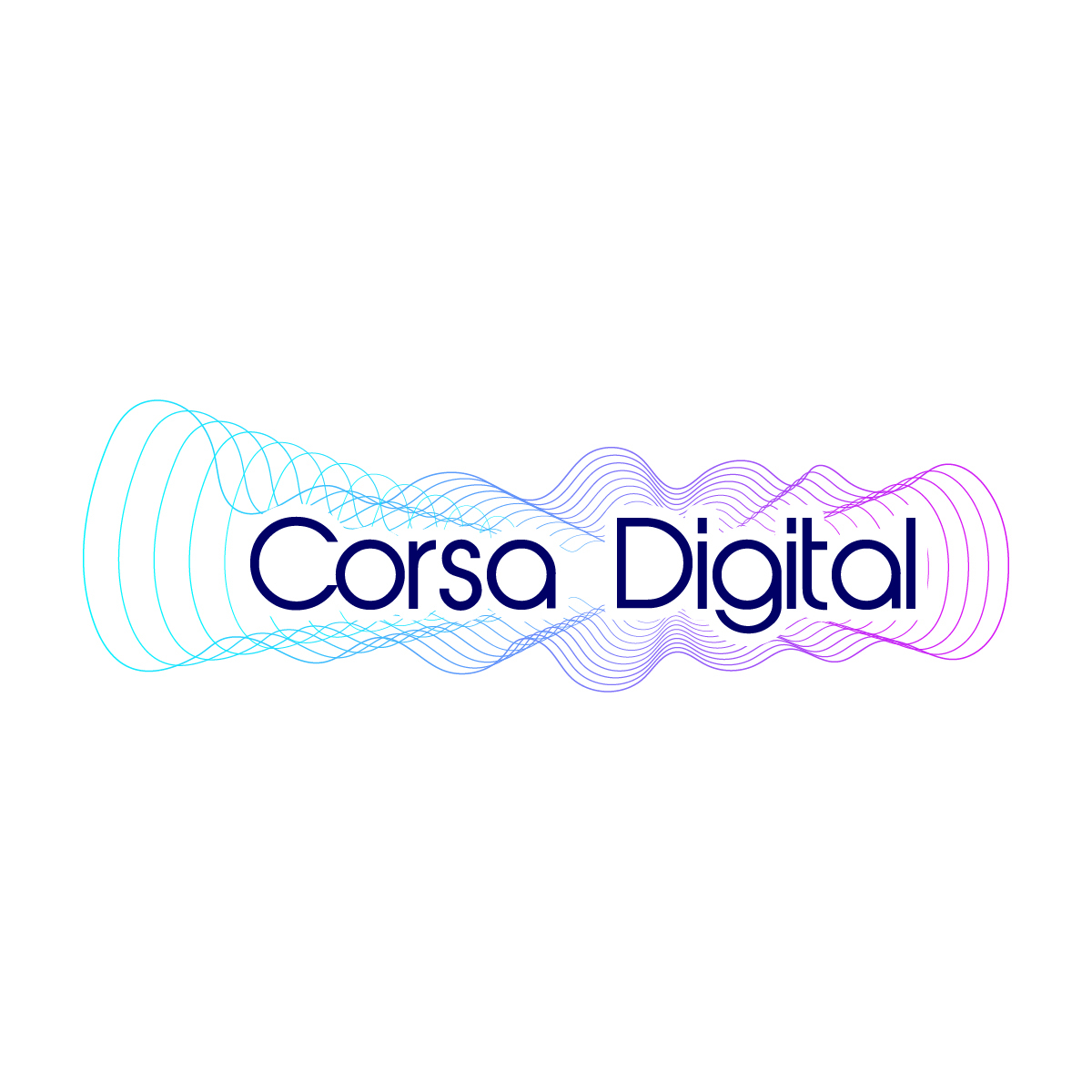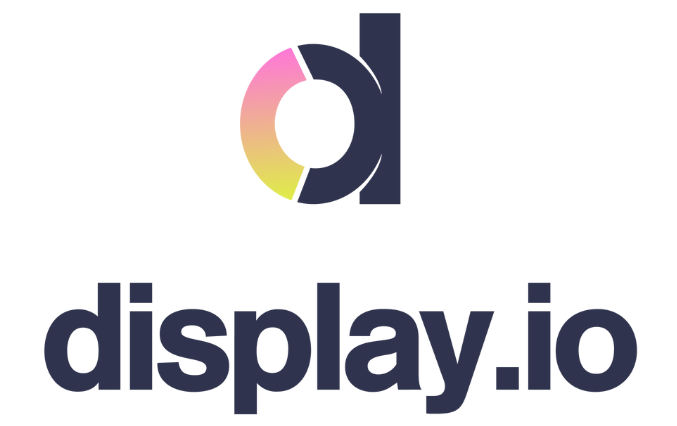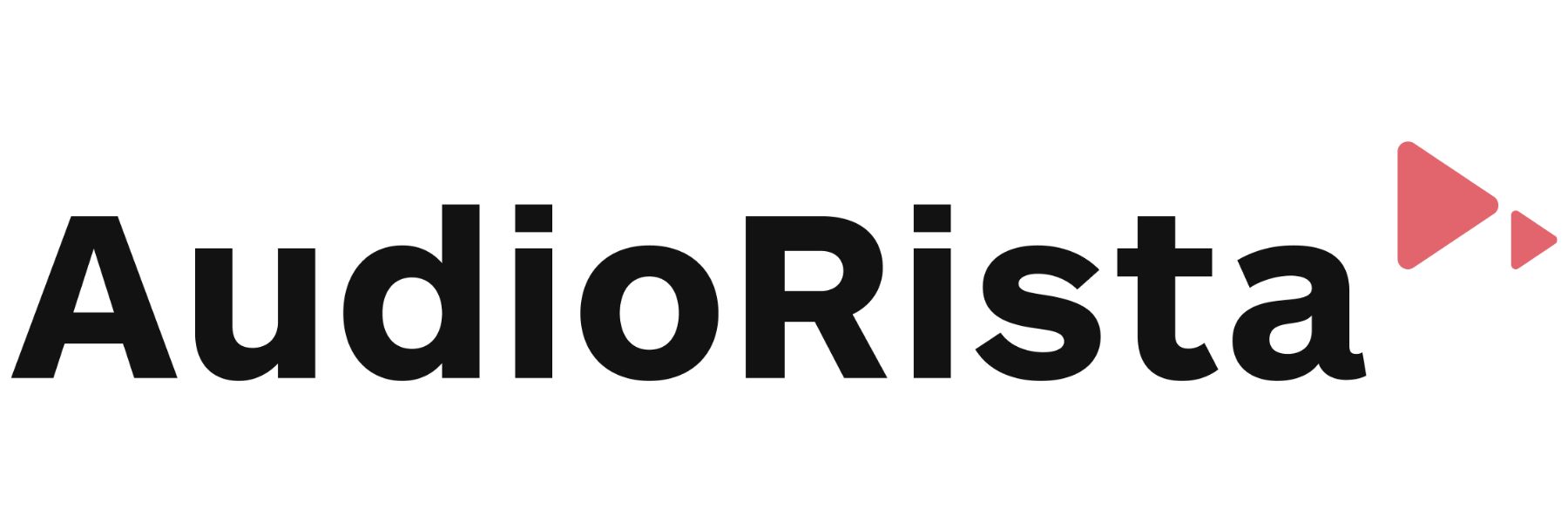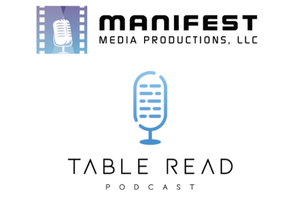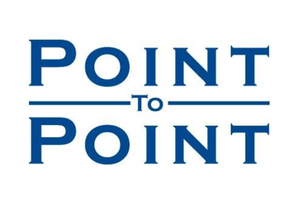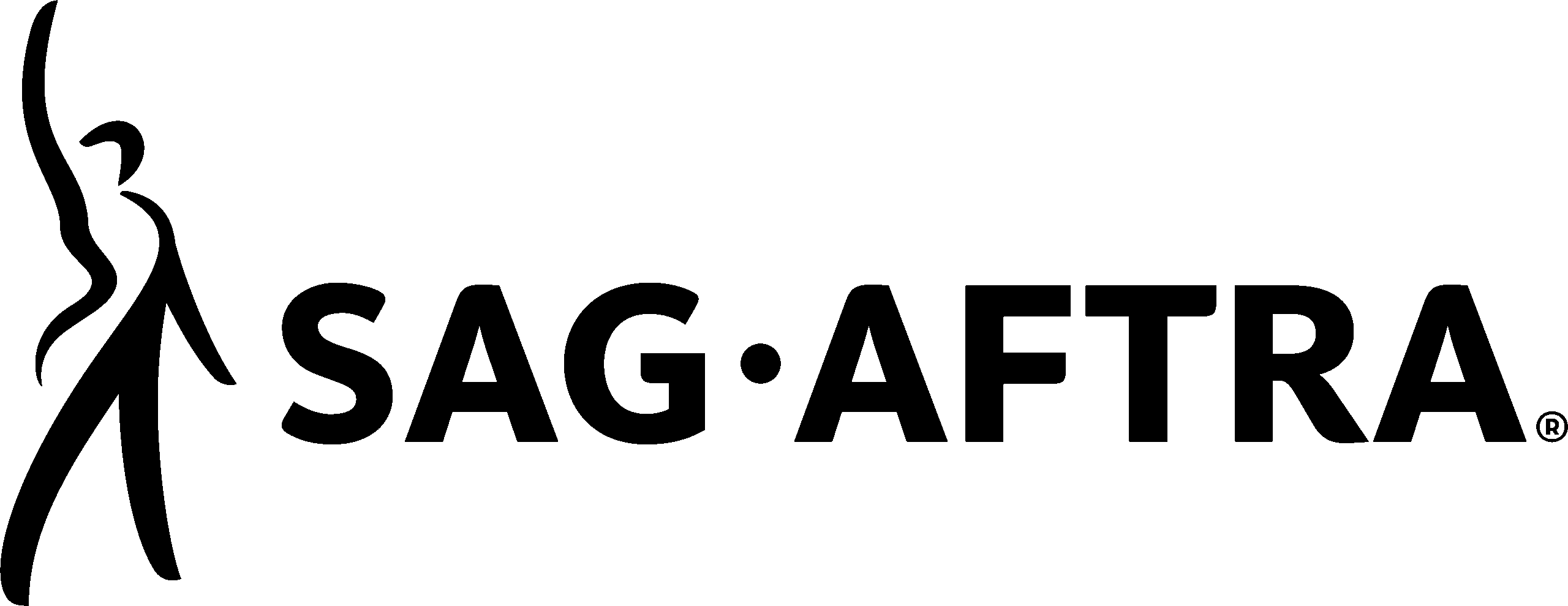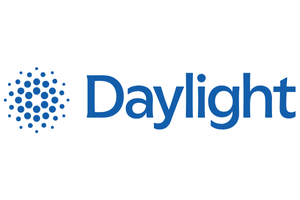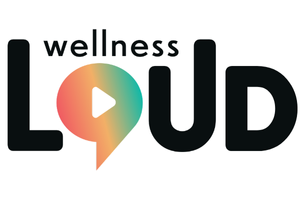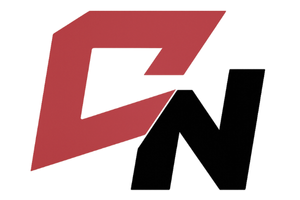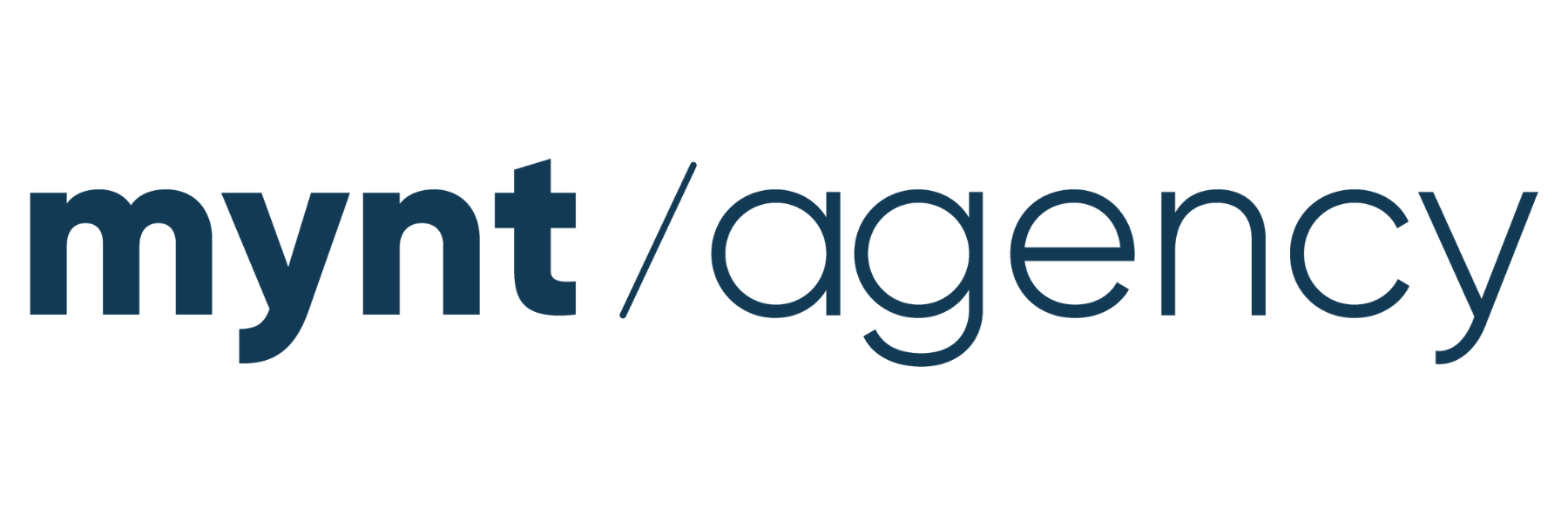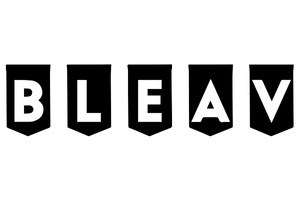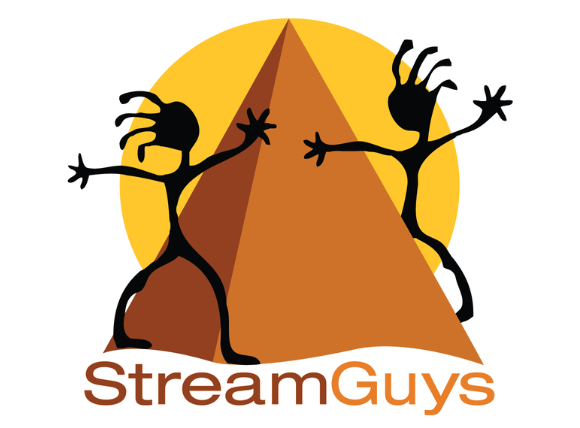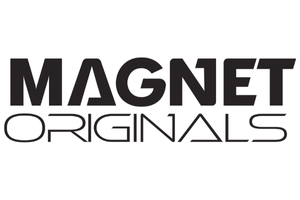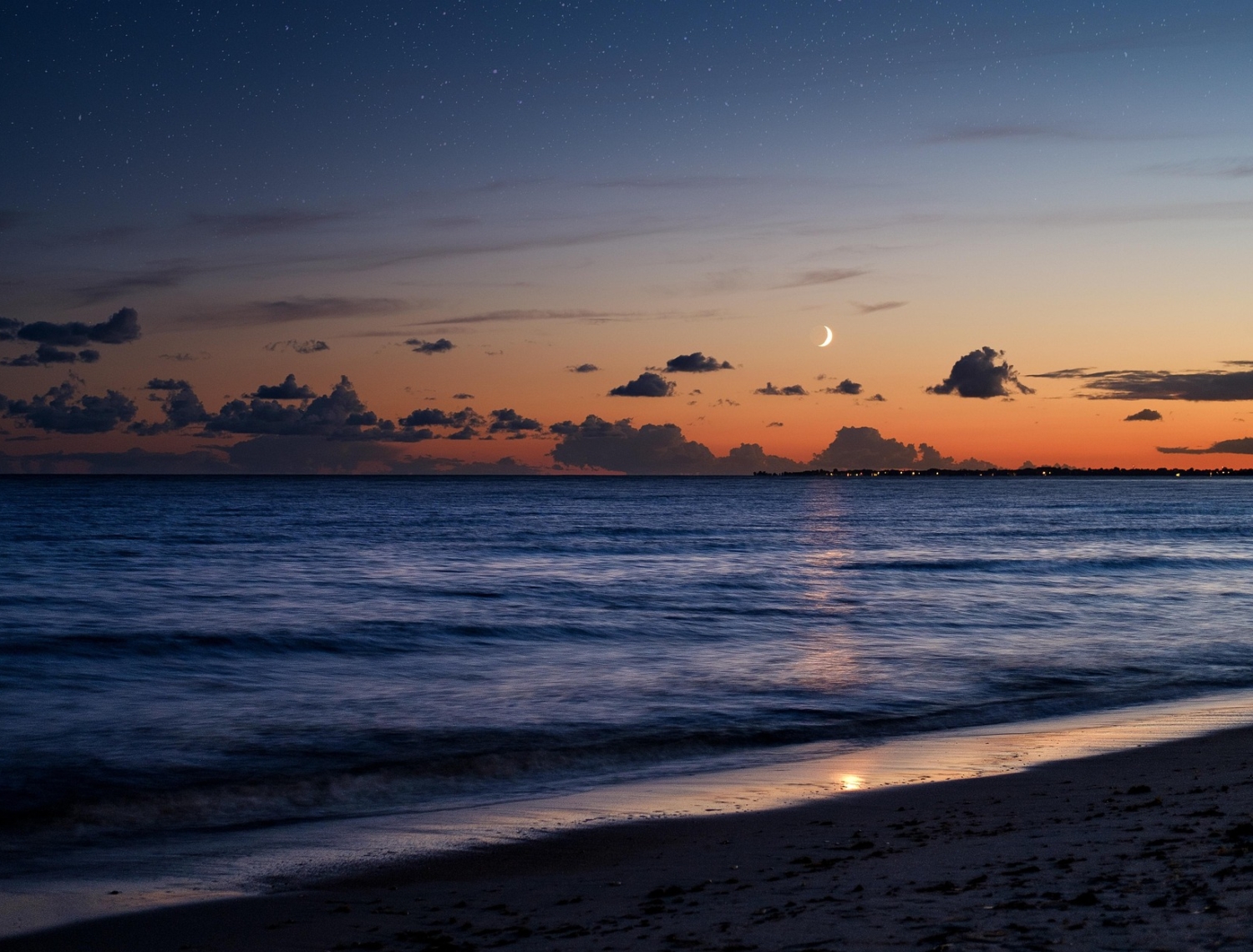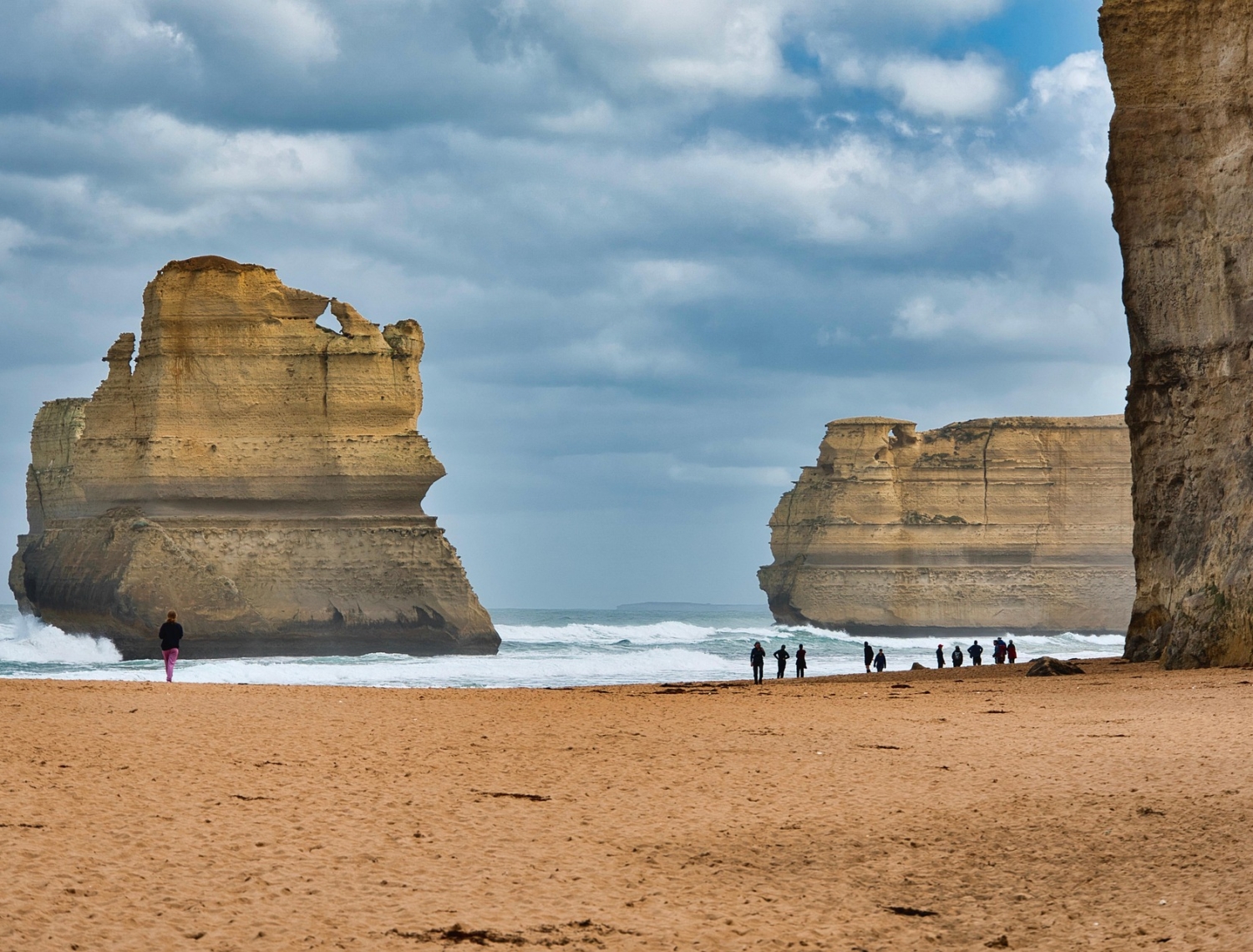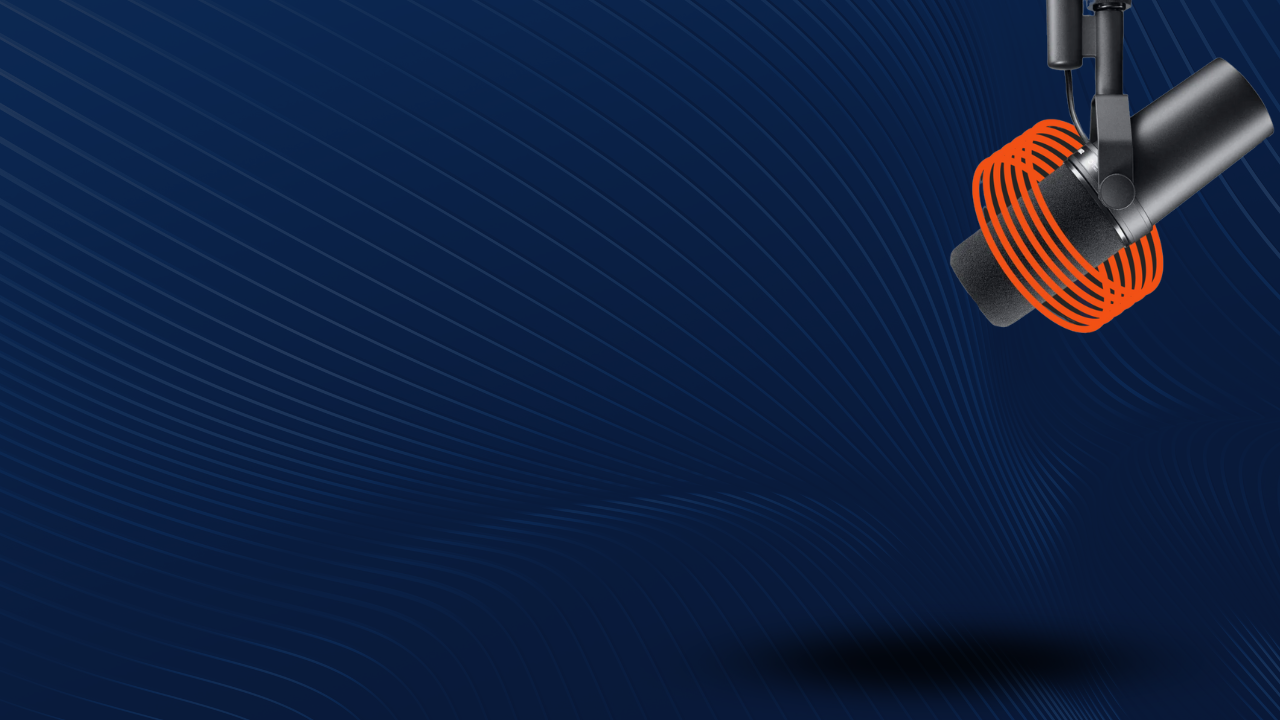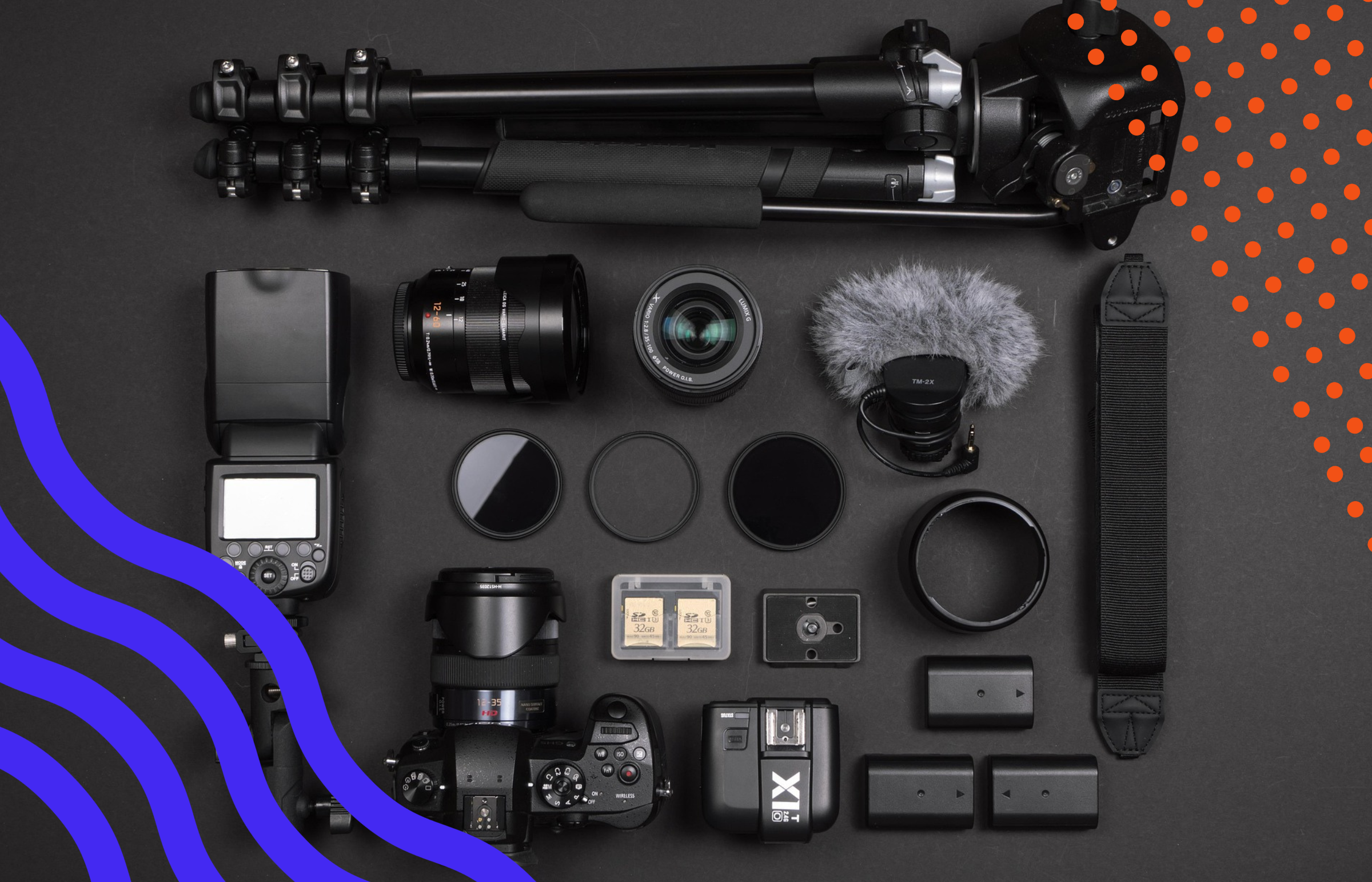Podcasting evolves quickly, and we want to keep you up to today. Sounds Profitable publishes a daily recap of news in the business of podcasting called The Download. Monday - Thursday you get the day's stop stories, and on Friday we recap the big hits of the week. Subscribe now to get this afternoon’s edition straight to your inbox.
Hello, friends! Last week, I started this exploration in Part One with a look at the podcast consumers who consume 75% or more of their shows via audio (Audio Primes) and those who consume 75% or more through video (Video Primes). Go catch yourself up. The TL;DR is that there are MANY similarities between these two behavioral segments, including their gender, age, and how long they’ve been a podcast consumer. Incredible similarities, actually.
But I promised you some differences, and there are some notable ones. In fact, one of them is so striking (and potentially counter to received wisdom in this space) that I have decided to devote this week’s entire newsletter to just one question: how did Audio and Video Primes discover their favorite podcast? Let’s start with the obvious: if you are a Video Prime, it’s very likely that you discovered your last podcast through a video channel. And if that is true, that video channel is HIGHLY likely to be YouTube. We have done whole studies on this, such as 2023’s Sound You Can See, and given all of that prior art, I would be shocked to see anything different.

And, well, we didn’t. Two-thirds of Video Primes credited YouTube as part of their discovery journey to their favorite podcast. Let me emphasize this part of the question: favorite podcast. This isn’t their YouTube crush or something they happen to watch from time to time. It’s their prime podcast, and they discovered it (whether they consume it regularly there or not) on YouTube.
If you only saw this graph, you would naturally conclude that YouTube drives discovery, and you’d have an easy answer to the question posed in the title of this article. I don’t think this is wrong, but it’s more complex than that. For myself, I recently discovered (new to me!) a podcast via YouTube shorts, and that led me to search for it on my podcast app of choice to listen. I think this is the smartest way to approach a YouTube or Reels or TikTok strategy – craft shorts for video that stir interest in the full show, which can be consumed via video or audio. (The show, by the way, was One Song from SXM, which has a great short game – video shorts, not Arnold Palmer short game.)
So, yes, video drives discovery. You are operating at a disadvantage if you don’t have a video strategy for marketing your podcast.
And.
Let me also suggest that it isn’t so simple, and that it doesn’t only go one way: “video drives discovery.” Now that we’ve seen how Video Primes answered this, let’s look at Audio Primes:

Let that sink in for a moment: nearly half of the segment of the podcast audience that predominately listens to podcasts admit that they found their favorite podcast on a visual platform. That fact didn’t change the overall behavior of this segment, which is overwhelmingly to listen, not watch, podcasts. Nonetheless, they added their top show via YouTube, and this should give us pause. What if it were true that not only does video drive podcast discovery but also that podcast discovery drives video?
If Audio Primes actually found their favorite podcast on YouTube, that means that a) it was easier to find there, and b) guess what is now a podcast app for those people? It was the act of discovery for those Audio Primes that led them to use YouTube as a podcast client, at least some of the time. It may have even increased their YouTube consumption, period.
Here is where I want to land this particular plane – podcast apps are very focused on listening, not watching. But even Audio Primes are telling us that video plays a role in their favorite content. I bet most Apple Podcasts users don’t know that they can watch video on the app, and I also know that many producers of video podcast content aren’t even posting that video to Apple Podcasts. Even for those that do – the discovery process is very different! Try this: search for TED Talks on your favorite podcast app, and then search for TED Talks on YouTube. Which page/result looks like it will actually give you TED talks? Probably the one with thumbnails of people on a TED stage.
It turns out that YouTube is a really good podcast client. We know this, because we asked video podcast consumers who use YouTube for podcast consumption why they think YouTube is better in our Sound You Can See survey last year:
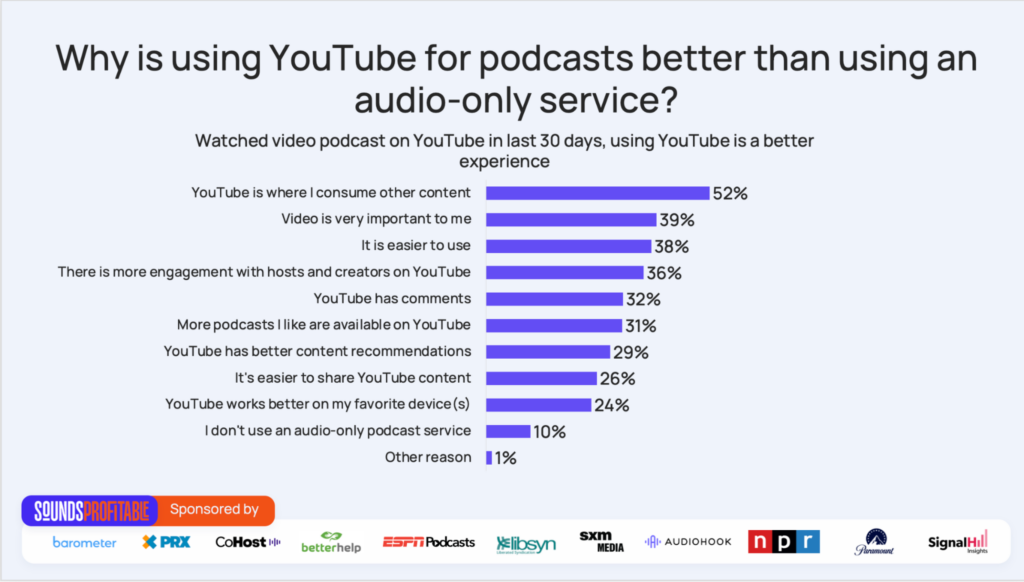
Before you think I’m just in the bag for YouTube, let me assure you that the only thing I am advocating for here is the audience, and they are always correct. Yes, the number one reason why YouTube podcast consumers prefer the app is because they are already there, but let’s set that aside for the moment. Look at the other top reasons:
- Video is important
- Ease of use
- Engagement/Comments
- Better recommendations
- Easier to share
Maybe we should listen to the audience? Audio Primes may consume with their ears, but they (like all of us) buy with their eyes. What they are telling us they like is something that publishers should consider – consumers want a video element and want some feeling of engagement with the show. They want to see the hosts (or at least be able to picture them) and also feel like they can interact with them. These all seem doable, even if YouTube isn’t the answer.
What the Audio Prime data above really suggests, though, is this: if people who generally listen to (not watch) podcasts are finding their favorite new show on a video platform, what does that say about the state of podcast apps? They certainly aren’t video-forward, or even video-capable, in most cases. Think about how podcasts are displayed in various apps: given the choice between abstract cover art and a still of the host, what do we think really drives trial?
What I am left with is a desire for publishers to create more video elements for audiences to find them, and a desire for podcast apps to catch up with where the audience is. The clients we use for podcast consumption are very audio-focused, but the current audience for podcasting, even the Audio Primes, are telling us that they want more. Whether it is on YouTube, or somewhere else, I think it is incumbent upon this industry to listen.
Next week: the conclusion of this series, and what really separates Video Primes and Audio Primes.
New Partners
Sounds Profitable exists thanks to the continued support of our amazing partners. Monthly consulting, free tickets to our quarterly events, partner-only webinars, and access to our 1,800+ person slack channel are all benefits of partnering Sounds Profitable.
- The Lippin Group: Raising the profile of content, companies, creators, and executives with a mix of networking, thought leadership, and consumer + business-facing publicity.
- John Wordock Media is a podcast and media consulting firm that offers programming analysis, industry insights, and audience development strategies.
Want to learn more about partnership? Hit reply or send us an email!

